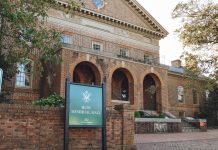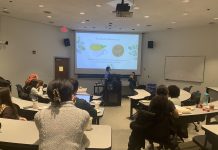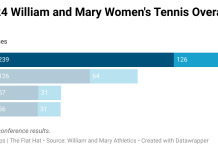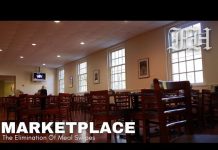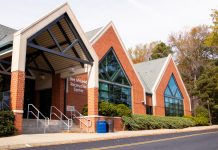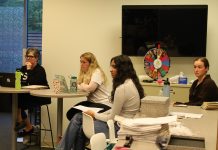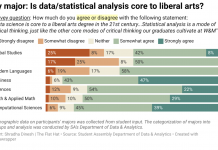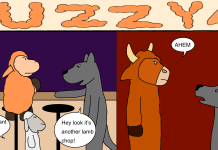Flat Hat Managing Editor Vanessa Remmers co-wrote this report.
Members of the Food Service Advisory Committee are faces that students rarely see when standing in lines at the College of William and Mary’s campus dining facilities, but they are responsible for significant changes to the dining experience of the campus community.
Composed of students, ARAMARK officials and College administrators, FSAC’s mission involves bridging the gap between students and dining services and addresses everything from contractual issues to student concerns and recommendations.
“There is a very open relationship with members of the committee, many of the committee member not only take the time to give us input during the meetings, but many of them take the time to pass on both positive and constructive ideas in between sessions. This allows us to stay abreast of student needs constantly,” Director of Dining Services Matthew Moss said in an email.
According to a member of FSAC, the student voice on the committee is particularly valued, even if that voice is not always complimentary of dining services.
“At the end of each meeting the students have 10 minutes or so to give their two cents about dining,” Mary Kate Kearney ’12 said. “Regardless of how we feel about Dining [Services] … They are really good people.”
According to Sikes, regular items on the committee’s agenda include the dining mangers report, current topics or interests, general comments from students regarding food quality, service and any other particular student concerns.
“Over the last several years, the FSAC and Dining Services worked hard to establish open lines of communication so students feel comfortable providing feedback on their experiences with the dining options on campus,” Mark Sikes, associate dean of students and FSAC chair, said in an email.
This year alone, FSAC recommendations have resulted in a “to-go” option at lunch in the Sadler Center, late night fresh food options in the Sadler Center and Dunkin Donuts coffee in the Marketplace. In the past, FSAC also made it possible to swipe twice during one meal period.
“Both the to-go option and the late night Crim Deli were ideas that stemmed from our meetings with the FSAC, after several meetings to discuss possible solutions these were the result,” Moss said in an email.
And Moss was glad that he turned FSAC recommendations into reality.
“We have seen as many as 250 patrons in the Lodge during lunchtime, which has eased the congestion upstairs,” Moss said in an email. “We have seen great enthusiasm over all of the new items that have been introduced this semester.”
Kearney was particularly proud of the committee’s involvement in establishing a late-night option for students, an issue that has been on FSAC’s to-do list for a while. She added that FSAC was also looking to expand the Crim Deli because students are looking for something more.
Currently, FSAC’s 18 members are in the process of responding to student dining recommendations and looking into the expiration of ARAMARK’s contract, which will occur this spring.
For Kearney, the company’s contract’s expiration may not be such bad news.
“They [ARAMARK] are truly interested in improving, I just don’t know if they are capable of doing so as a company,” Kearney said.
The committee’s future plans are taking a particular focus on greater sustainability.
“[The committee] began a discussion of possible renovation plans for the Sadler Center RFOC area, continued sustainability efforts include reducing waste, sourcing locally grown products, increasing compost, identifying ways to integrate local cuisine into the menus at Commons and Sadler dining facilities, and expansion of the herb gardens,” Sikes said in an email. “Next fall, we plan to review the details of the meal plans, continue to review aspects of the dining program, and make recommendations for improvements.”

